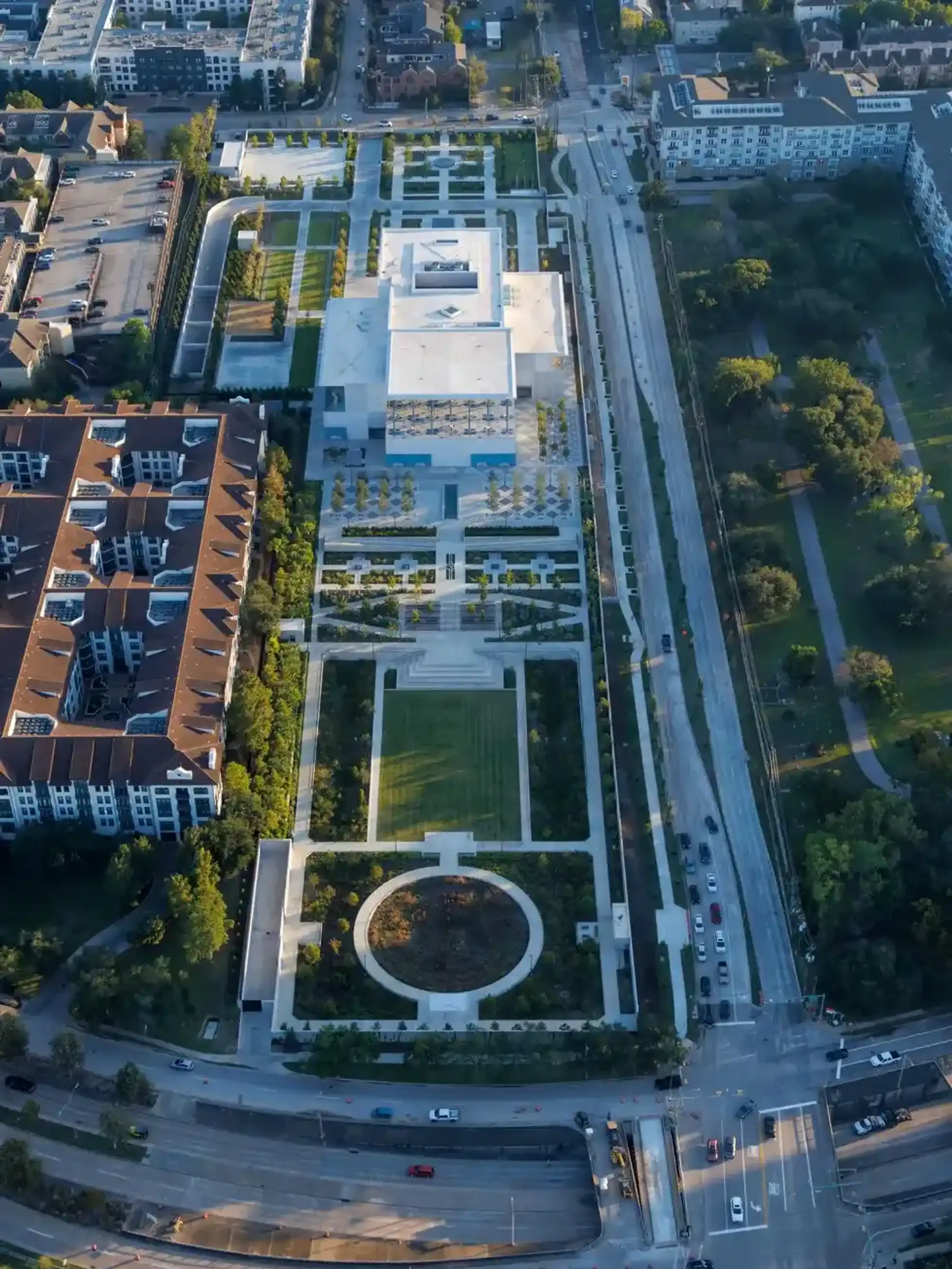Houston restaurants need to get innovative when it comes to the growth of take-out customers
Guest column
The past year revealed a continued increase in the number of people ordering out at home or in the office, rather than dining in a restaurant.
Independent Market Alliance, a network of independent market share leaders in broadline foodservice distribution with 16 brands, found staggering statistics in their research demonstrating that 86 percent of consumers are now using off premise services at least monthly and a third are using it more than they did a year ago. This trend has driven a dramatic increase in third-party delivery service options, further facilitating growth.
Furthermore, consumers now want to better understand the full lifecycle of single-use packaging from how it was made and impact on the environment. With 24 percent of consumers always or usually considering sustainability when purchasing, sustainability has truly become a competitive focus that cannot be ignored, but not willing to compromise on functionality.
Adapting to consumer habits
Restaurants that have traditionally relied on a delivering an exceptional dine-in experience are now being faced with the challenge of creating that same customer experience through their packaging consumed offsite.
Diners expect to receive the same quality of food when they order delivery or take out as they would receive sitting down at a restaurant – from temperature, crispiness to the utensils needed to consume. Quality and the menu item's ability to travel well is important to consumers in the consumers decision-making process as 90 percent at least sometimes think about how well that particular food will travel, according to a recent study by the Cleveland Research Company Foodservice Council.
To combat this, restaurants operators are looking to new delivery solutions such as switching to temperature-control packaging with proper ventilation and carrying packages that separates different foods to prevent sogginess and loss of texture. This is key to succeeding the age of third-party delivery services, as nearly 60 percent of consumers would see the restaurant at least partially at fault if the delivered food is of reduced quality or took too long to arrive, per the study.
There is still a gap, in many instances, between the customer demand and traditional restaurant operators adapting to advanced packaging either due to cost of packaging or lack of product knowledge. National chains have begun to bring in third-party organizations with the core competencies in off-premise product knowledge for guidance and solutions as to what the offsite dining experience could look like. IMA has become a resource to help provide more understanding between cuisine type and the right packaging.
Third-party delivery and packaging innovation
While traditional sit-down restaurants and even their fast-casual counterparts haven't always had the at-home or offsite experience in mind, the rise of third-party delivery systems has led to additional considerations across all operators. In fact, the Cleveland Research Council's Online Food Consumer Survey (Gojak, et al., 2019) shows that 50% of U.S. consumers surveyed have used a restaurant delivery service at least once.
Customers who see that their food provider understands that safety is a priority have increased loyalty to establishment. As a result, the rise of tamper-free packaging has become a staple in food service within the past 18 months albeit providing the security through a label, a stapled bag or even more advanced with plastic seals
Tamper-free food packaging is taking on a higher profile as consumers fret about the possibility of delivery passing through hands of "touchy" third-party workers. Through simple innovations such as seals and button-top lids, tamper-free packaging goes a long way to give consumers peace of mind and demonstrate that operators are concerned about their well-being.
Bottom line, delivery demand is growing given structural tailwinds from shifting consumer demand for convenience and off-site consumption, and operators for both fast casual and traditionally dine-in restaurants must adapt.
Factoring in sustainability
Sustainability is a frequently used buzzword in the foodservice industry that many do not fully understand. While sustainable and biodegradable are often used interchangeably in the foodservice industry, the word "biodegradable" has been greenwashed and actually means the package will degrade sometime in the next 500 years not what most consumers assume as compostable meaning it will biodegrade between 90 and 120 days
IMA and other industry leaders typically define sustainability of products by items that can be broken down within 90 and 120 days and are made of substrates that can be easily recycled by the average consumer. Many are now looking for ways now to develop these products to be truly sustainable in a way that is cost efficient enough to appeal to operators and help stop this greenwashing
Because operators don't always see the added value of innovative packaging, the additional price tag that comes with also ensuring that packaging is sustainable prevents wider use of sustainable materials in today's take out landscape. For that reason, most operators are just beginning to truly explore the cross over between sustainability and customer experience.
In 2020, operators will still find the greatest success from targeting the customer experience, but as researchers invest in affordable solutions, sustainability in single-use packaging will continue to gain importance.
------
Stephanie Nicholson is the senior director of business development and national accounts for Independent Marketing Alliance, a network of independent market share leaders in foodservice distribution with 16 brands.











 Photo by Iwan Baan
Photo by Iwan Baan